Horse owners’ knowledge, and opinions on recognising colic in the horse
A. Bowden, J.H. Burford, M.L. Brennan, G.C.W. England and S.L. Freeman | Equine Veterinary Journal | August 2019
The aim of this cross-sectional study was to evaluate horse owners’ knowledge, understanding of and experience with equine colic and to describe the factors that affect their approach to a horse with clinical signs of abdominal pain…

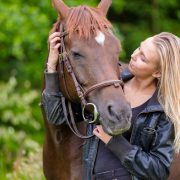
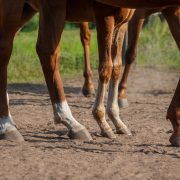
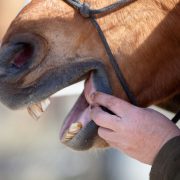
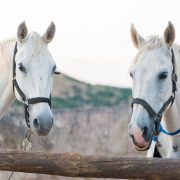
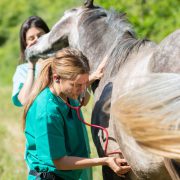
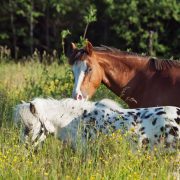
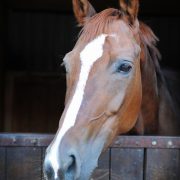
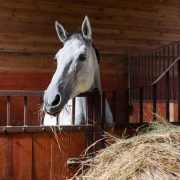
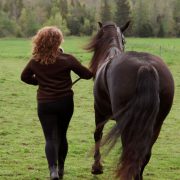
Connect with us